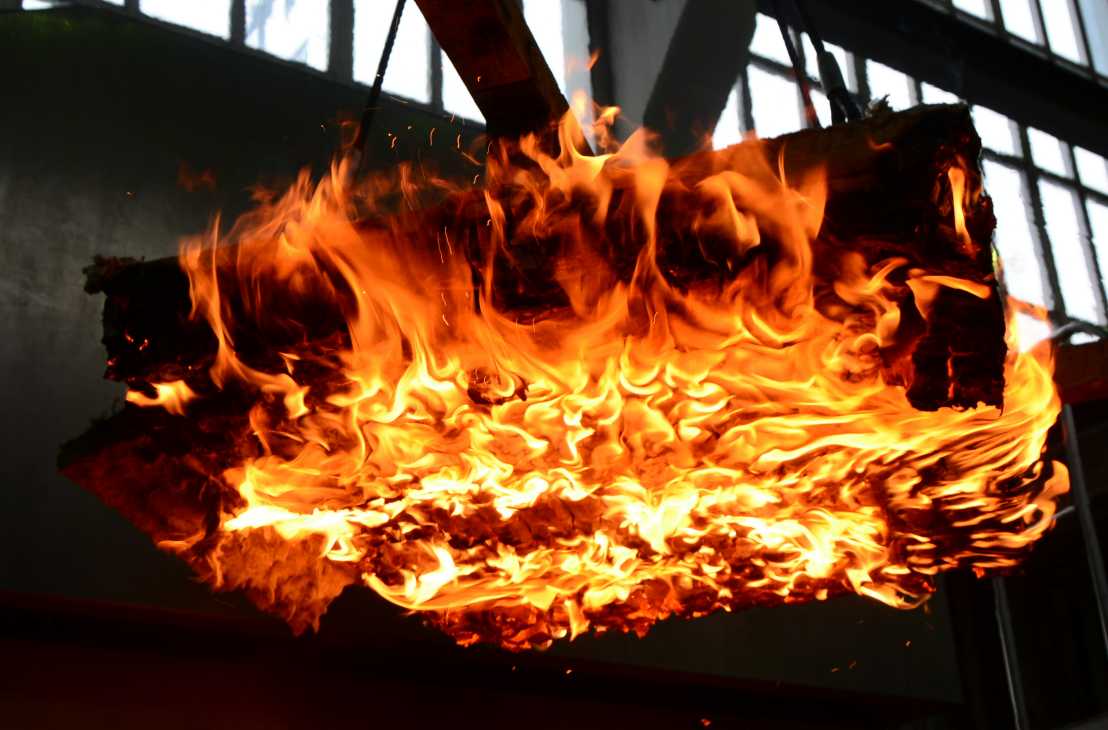Fire Safety Engineering

Fire safety is a fundamental requirement for the design of buildings. Due to the combustibility of timber, the fire safety of timber buildings has always been a major safety concern for authorities, the building owners, the fire brigades and the designers. This research area focuses on the development of fundamental knowledge for a safe and economic fire design of timber structures. Based on fundamental experimental and numerical analysis, new calculation design models have been developed for timber slabs, walls and connections. The results of the research projects formed the basis for the revision of the Swiss fire regulations, which since 2015 permit the use of timber as a building material without limitations, resulting in a marked increase of multi-storey medium rise timber buildings and opening the competition for the construction of the first tall timber buildings in Switzerland. Some highlights of concluded research projects are:
- Design model for the fire resistance of timber connections
- Design model for the fire resistance of bonded structural timber elements like glulam and CLT
- Design model for the fire resistance of combustible and non-combustible insulation materials
Despite the progress in fire safety engineering, the combustibility of timber still limits its use by restrictions in building regulations in most countries, especially for higher and larger buildings. Furthermore, the current design concepts and models are mostly limited to standard fire exposure. The need for further studies of the fire behaviour of timber structures is therefore large, in particular with regard to the global structural behaviour of buildings exposed to realistic fire conditions. Future basic research priorities focus on the fire dynamics in timber buildings, specifically on the interaction between timber structures and fire within the compartment and at the exterior. The current fire resistance framework has been developed for non-combustible structures, which do not contribute to the fire as additional fire load. For some building categories, the contribution is often negligible, but the increased use of timber for modern higher and larger multi-storey buildings raises fundamental questions, which need to be addressed for a safe and economic application of timber as building material. Another research priority focuses on the glue line integrity in fire of cross-laminated timber and other engineered mass timber products.
Research Lead
Inst. f. Baustatik u. Konstruktion
Stefano-Franscini-Platz 5
8093
Zürich
Switzerland